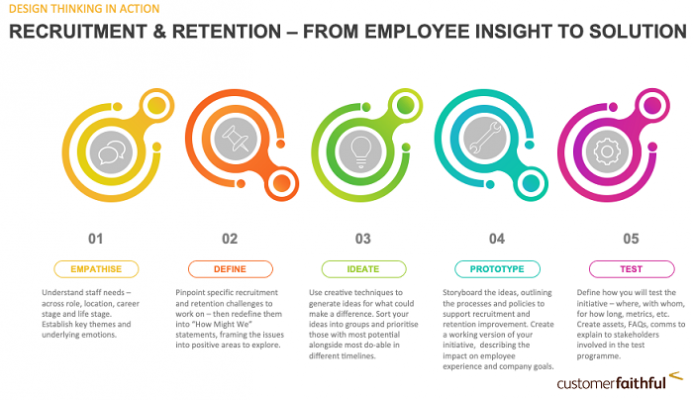The pandemic has turned so many areas of our lives upside down, and one of the most fundamental is the world of work.
With 11.6m jobs in the UK being furloughed on Government schemes during 2020/21, companies changed their hiring and work practices, including 74% of UK employers switching to virtual hiring during lockdown and even more (77%) expect to do so in the future.
So many organisations began developing or upweighting their work-from-home (WFH) practices that it is probably now best seen as an essential part of business continuity strategy. Looking forward, flexi-working is now seen as so central to employee needs that the UK Government is now consulting on employee rights to request flexible working from their employer from day 1 of their job.
Curve ball
But perhaps the biggest surprise upheaval of all is how employees have taken the arrival of Covid-19 to re-assess their career aspirations – what they want, what they expected, where and how they want to work and the way all this interacts with their family and social lives. Employees are seeking jobs that respect and complement other roles they may play beyond work – from parent to partner and carer, from student to teacher to volunteer.
This reassessment is happening across industry sectors, across nations even – and while such consideration of options brings uncertainty to both employers and their staff, it’s also a huge opportunity to reset employee engagement – to reimagine and explore what factors such as flexibility, autonomy, connection and belonging mean and matter to tomorrow’s workforce.
Step-by-step - How Design Thinking can structure your workforce engagement
At such a key moment in workforce planning, it’s tempting to rush to judgement – perhaps to grab some general trends seen in the wider market or reach for existing plans previously built for the longer term – just get things moving!
But this would be risky in the current environment. Employee needs are often highly nuanced within individual organisations, depending upon factors such as length of service, geography, roles and pay bands. In addition, the pandemic has brought about employee reassessments that were rare only 18 months ago.
Design Thinking theory teaches you to put generalisations and historic data to one side, while you gather up-to-date insight (Empathy Step, see illustration ) on how your employees feel, gaining rich accounts of the issues that bring them to life, both via its context and the language used.
This Empathy insight provides an evidence-based grounding, which can then be triangulated with other new and existing datasets. It provides a foundation for the next Design Thinking step of Define - the process of distilling out core problems and challenges that staff highlight when reconsidering their career and employee experience. These can then be flipped into opportunities and prioritised ready for the Ideate step - imagination time!
[[{"fid":"296674","view_mode":"default","fields":{"format":"default","alignment":"","field_file_image_alt_text[und][0][value]":"Rick Harris __Employee Recruitment Retention Graphic","field_file_image_title_text[und][0][value]":"Rick Harris __Employee Recruitment Retention Graphic"},"link_text":false,"type":"media","field_deltas":{"1":{"format":"default","alignment":"","field_file_image_alt_text[und][0][value]":"Rick Harris __Employee Recruitment Retention Graphic","field_file_image_title_text[und][0][value]":"Rick Harris __Employee Recruitment Retention Graphic"}},"attributes":{"alt":"Rick Harris __Employee Recruitment Retention Graphic","title":"Rick Harris __Employee Recruitment Retention Graphic","class":"media-element file-default","data-delta":"1"}}]]
Ideation should be free flowing but that doesn’t mean it cannot include structure too. An employee experience includes daily activity (what it’s like to work somewhere), productivity (getting things done), values and culture (what makes work meaningful), and career (learning, advancing, growing). Such a framework can be used to guide ideation, as well as assess which are potential winning ideas – the ones that will progress to the Prototype stage of storyboarding – the development of a working version of your new employee offer. The prototype will vary according to the product/service of course. It’s prudent to have a team member in the role of Employee Advocate here to help stay focused on the goal and true to the original insight.
Finally, the Test step includes the details of what and how to measure improvement, using outcomes generated both by organisation and employees.
Ultimately though, breaking through the Great Reassessment boils down to whether the work arrangements and the workplace redesign — virtual or not — make it harder or easier, more or less desirable for employees to do their job.
About The Author:
Rick Harris is an employee, customer and patient experience consultant and Founder of Customer Faithful.
As part of a collaborative programme between Customer Faithful and Level7, Rick is currently supporting The Royal College of Veterinary Surgeons uncover potential solutions to some of the key workforce issues currently confronting the veterinary sector in the UK.
